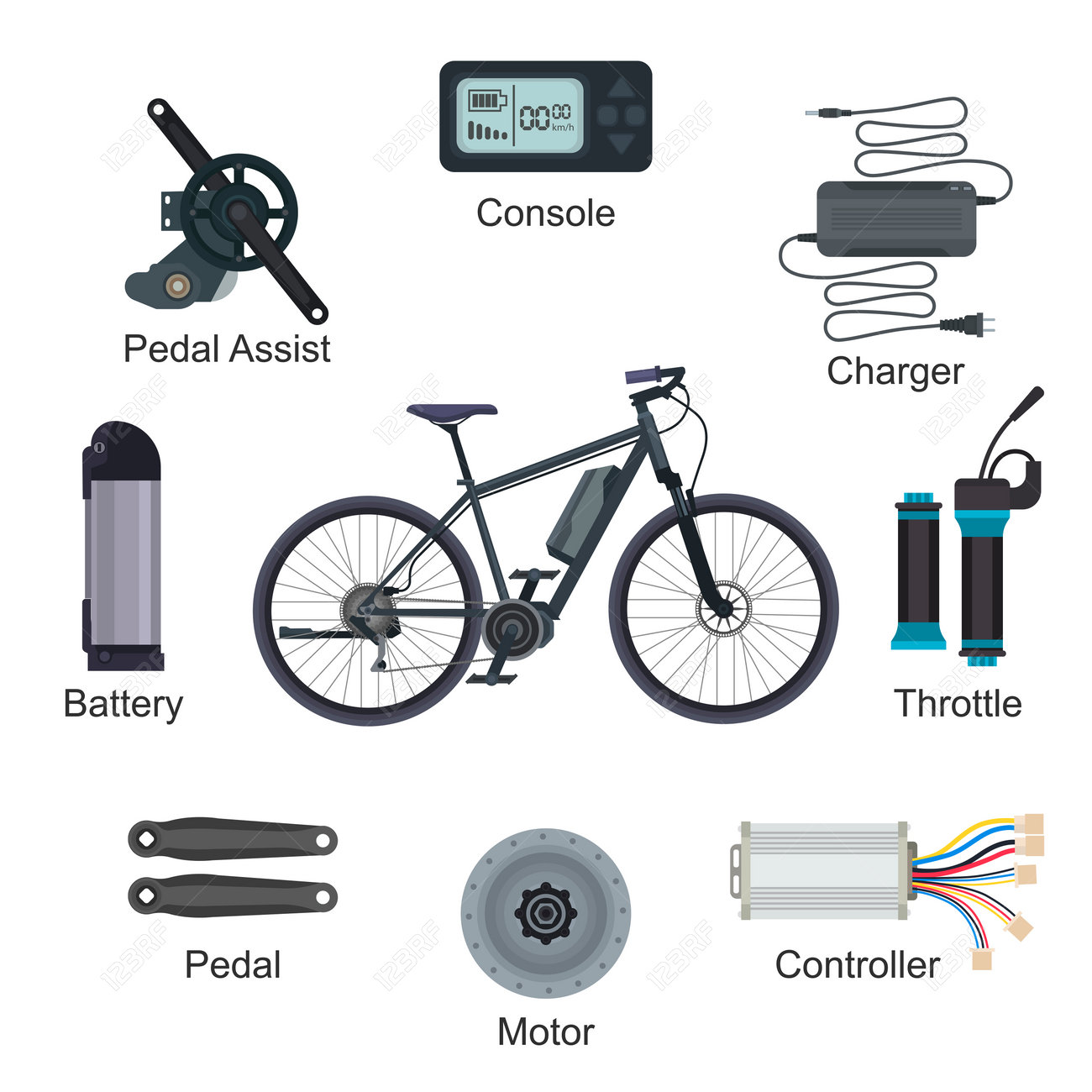Recognize The Legal Needs In Your Area To Ride Your E-Bike Both Safely And Legally
Recognize The Legal Needs In Your Area To Ride Your E-Bike Both Safely And Legally
Blog Article
Writer-Padilla Chang
Before you get on your e-bike and hit the streets, it's critical to comprehend the regulations and policies that govern your city. From speed restrictions to designated riding locations, there's a whole lot to think about to ensure you're certified and secure. By familiarizing yourself with the rules particular to e-bikes, you'll be much better furnished to enjoy your trips with no unexpected legal issues. Stay tuned to discover https://www.google.com/maps/place/ZuGo+Bike/@30.262856,-97.758557,16z/data=!4m6!3m5!1s0x8644b51416d6be09:0x41e016862e4d8a94!8m2!3d30.2628555!4d-97.7585568!16s%2Fg%2F11fs_r7gtl?hl=en&entry=ttu&g_ep=EgoyMDI0MTAyMy4wIKXMDSoASAFQAw%3D%3D that will certainly help you navigate the e-bike landscape in your city flawlessly.
Recognizing E-Bike Classification
When it concerns browsing the world of e-bike regulations and regulations, a crucial beginning point is recognizing the classification system that classifies these electric bicycles. E-bikes are usually classified into 3 main categories: Course 1, Course 2, and Class 3.
Class 1 e-bikes are pedal-assist only, indicating they supply assistance while the motorcyclist is pedaling and have a maximum speed of 20 mph. These bikes are admitted areas where traditional bicycles are allowed.
Class 2 e-bikes are equipped with a throttle that can drive the bike without pedaling. They also have a maximum speed of 20 mph and appropriate for riders who may need assistance without pedaling constantly.
Course 3 e-bikes resemble Course 1 but with a higher maximum speed of 28 mph. These bikes are usually limited from specific bike courses or trails because of their higher speeds.
Understanding these categories is important for following regional policies and ensuring a secure and delightful e-biking experience.
Navigating Rate Limits and Restrictions
To effectively browse e-bike legislations and guidelines, it's essential to comprehend the speed limitations and limitations that relate to various courses of electrical bicycles.
Speed limitations for e-bikes differ relying on the classification of the bike. Class 1 e-bikes, which are pedal-assist only and have a maximum speed of 20 miles per hour, are usually allowed on bike lanes and paths.
https://www.cyclingweekly.com/fitness/its-e-bike-week-on-cycling-weekly-join-us-for-a-week-of-electric-bike-tips-advice-and-know-how -bikes, which have a throttle along with pedal-assist and additionally get to rates of approximately 20 mph, might be limited in particular locations where motorized vehicles aren't permitted.
Class 3 e-bikes, with pedal-assist up to 28 miles per hour, are usually needed to comply with the very same guidelines as traditional bikes.
It is very important to abide by these rate limitations and restrictions to ensure your safety and security and the safety of others when driving. Before riding your e-bike, familiarize on your own with the certain laws in your city to prevent any kind of possible penalties or lawful concerns.
Where to Ride Your E-Bike
To establish where you can ride your e-bike, it's vital to know the laws and standards specific to your location. In a lot of areas, e-bikes are normally permitted on roadways and roads where traditional bicycles are allowed. This may consist of bike lanes, bike courses, and shared highways. Nevertheless, it's critical to inspect regional legislations as some cities might have details limitations on where e-bikes can be ridden.
When riding your e-bike, always prioritize security by complying with traffic regulations and respecting pedestrian sidewalks. Furthermore, be mindful of any marked bike lanes or courses in your area and use them whenever feasible to make certain a smoother and more secure adventure.
Some cities additionally have regulations relating to e-bike use on walkways, so make certain to acquaint on your own with these rules to avoid any fines or charges.
Conclusion
Since you're familiar with the laws and laws bordering e-bikes in your city, you can with confidence hit the road recognizing where you can ride and what constraints relate to your e-bike category. Remember to always prioritize safety and comply with the guidelines to ensure a smooth and legal adventure. Happy riding!
